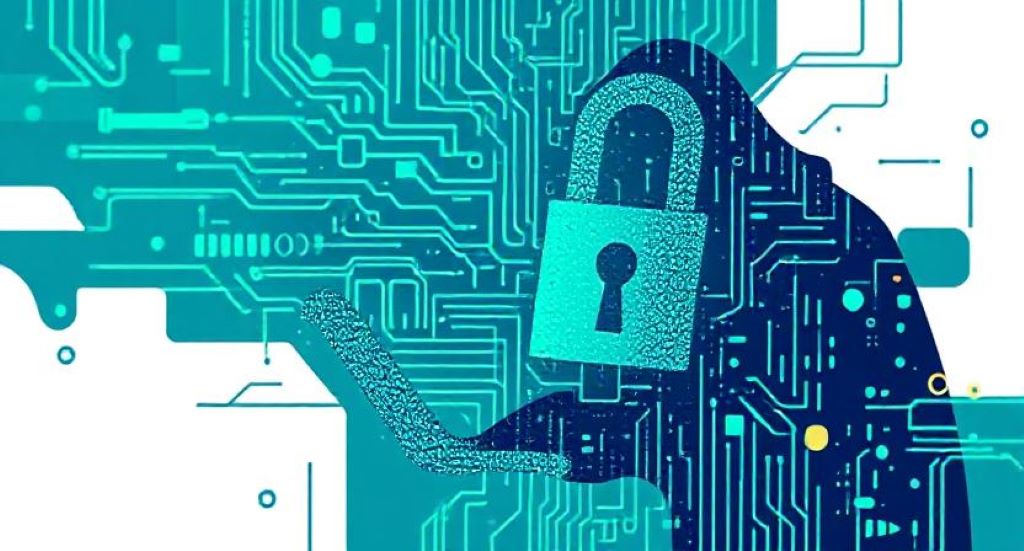
Strengthening Application Security: Tackling Authentication and Authorization
Top mobile app development company in Missouri, Authentication and authorization are critical for safeguarding digital systems, yet many developers struggle with their implementation. As software development evolves, so do the challenges and solutions for protecting user data. Let’s explore the obstacles to application security and practical strategies for improvement.
Why Is Application Security Often Overlooked?
Despite its importance, application security frequently takes a back seat in development. Here’s why:
1. Insufficient Training
Many developers lack the specialized training required to securely implement authentication and authorization. Educational programs and coding bootcamps often emphasize functionality over security, leaving developers with limited knowledge of how to build systems resistant to vulnerabilities. This knowledge gap can expose applications—and their users—to significant risks, Mobile app development company in Missouri.
2. Misleading Resources
Online tutorials and open-source projects often provide incomplete or flawed guidance on authentication and authorization. Developers may be encouraged to create custom solutions without understanding the associated risks, such as poor password storage or inadequate access controls. This can result in insecure systems that compromise user data.
Without clear, reliable resources, even well-intentioned developers may inadvertently leave applications vulnerable, Best mobile application development company in Missouri.
3. Rapidly Changing Security Landscape
Security standards are continually evolving, presenting another challenge for developers. Emerging practices like Multi-Factor Authentication (MFA), technologies like WebAuthn, and approaches like passkeys are setting new benchmarks for secure access. However, outdated methods—such as SMS-based authentication or weak password hashing—persist in many systems, leaving them exposed to modern threats.
Best Practices for Authentication and Authorization
The good news is that developers have access to robust tools and standards to improve security. Here are some actionable strategies:
1. Adopt Proven Industry Standards
Frameworks like OpenID Connect and OAuth 2 are the gold standards for secure authentication and authorization. Trusted by organizations worldwide, they offer reliable workflows and strong security mechanisms, reducing the likelihood of vulnerabilities, Mobile application development company in Missouri.
2. Implement Advanced Authorization Models
Techniques such as Role-Based Access Control (RBAC) and Attribute-Based Access Control (ABAC) help manage user permissions effectively. These models, while not universally standardized, are widely supported by tools and can enhance application security significantly.
3. Leverage Trusted Tools and Platforms
Modern tools such as Auth0, Ping Identity, Keycloak, and Authelia provide comprehensive solutions for secure authentication and authorization. These tools simplify implementation and come with detailed documentation, allowing developers to avoid common pitfalls, Top mobile application development company in Missouri.
4. Utilize Modern Frameworks
Frameworks like .NET and Spring offer built-in support for authentication and authorization standards like OpenID Connect and OAuth 2. Leveraging these platforms helps integrate robust security measures seamlessly into applications.
Final Thoughts
Strong authentication and authorization are the cornerstones of secure software. While developers may face challenges due to outdated resources and insufficient training, a wealth of modern tools and standards can help overcome these barriers. By adopting industry best practices and leveraging trusted technologies, developers can build systems that protect user data and stand up to evolving security threats, Website development company in Missouri.